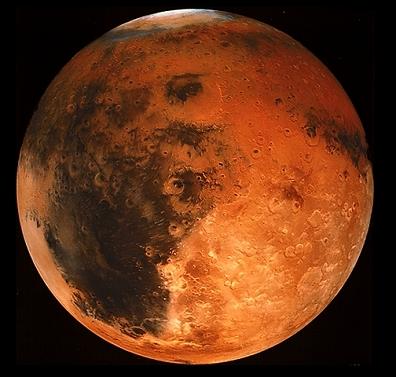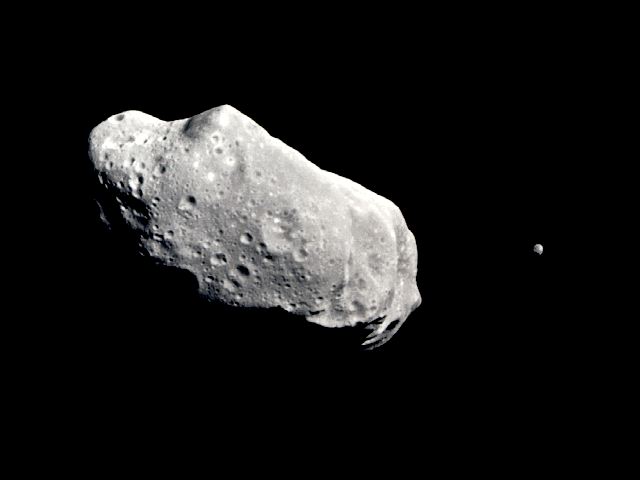Stripe
New Member
The Atlantic Basin wasn't formed from an impact crater.scalyblue said:First I'd ask how does this posit explain the observable effect of continental drift and plate tectonics?
Then I'd look at the numbers. You know, that weird maths stuff that we use to calculate stuff?
The eruption of mt st helens moved between 1-3 cubic KM of material.
It left a crater about 500m across
That event was roughly 3x10^16 J
La Garita Caldera is about 35x75 km
That event was roughly 1.0×10^21 J
The Chixulub event was 4.0×10^23 J
Its crater was under 200km
The chixulub event goes something like this
Now let's get to the nitty gritty.
It's been a while since I've mathed, so I will gladly stand corrected if I carried a zero somewhere.
The Atlantic ocean is between 2800 and 6000 km wide.
Let's give it a minimum threshold and say 3000km wide.
That impact would be roughtly 1 x 10^28 Joules
What could possibly cause an impact that large?
well...A 100km wide chunk of solid iron that hits the earth at 72km/s at a 90 degree angle would make a crater that big, about 3km deep.
Maybe galactus clipped one of his toenails too close, who knows.
But craters don't just appear wtih no ancillary effects do they?
The earth's gravitational binding energy is anywhere between -1.3 and -2.242×10^32 J
An impact large enough to create a crater the width and depth of the atlantic basin would barely disrupt the mass of the earth. The earth might cough and shrug its shoulders a bit. the difference between 1x10^28 and 1x10^32 is.....bigger than four.
For anything living on the surface of the earth, the event you're talking about would make chixulub look like a sneeze.
An impact that large would release enough thermal radiation to immolate everything flammable that was in line of sight. Immolate means set on fire, by the way. It wouldn't happen to everything on that side of the world, just the stuff that wasn't vaporized or set on fire by the 3000km wide fireball, and if half of the landmass of the earth being on fire doesn't float your boat, the 2000 m/s air blast (Minus oxygen, remember, everything's on fire?) would kill anything more advanced than a plant (and those are already on fire, remember?)
Did I mention the fires?
Oh, forgot, the 120 meters of debris landing on you.
Sounds like fun.
You meaning the entire surface of the earth, not, well, you. Can't be picky with 120 meters of global debris.
And the global richter 12 earthquake. Richter only goes up to ten you say? Well, richter says sod off.
And if you survive that, and dig your way out, with your oxygen bottle and your spf 2000 sunscreen, I'm sure the lenses will fall out of your glasses and you won't be able to read anything entertaining. That didn't catch on fire. And wasn't blown away. And not buried. And not shaken to death.
But yeah, i'm sure that happened when humanity was around. Joe remembers it like it was yesterday.
Joe?
JOE?!






